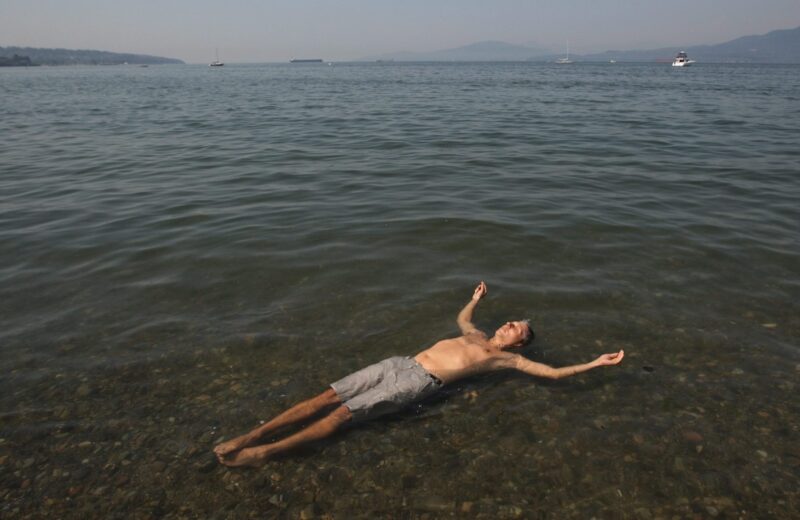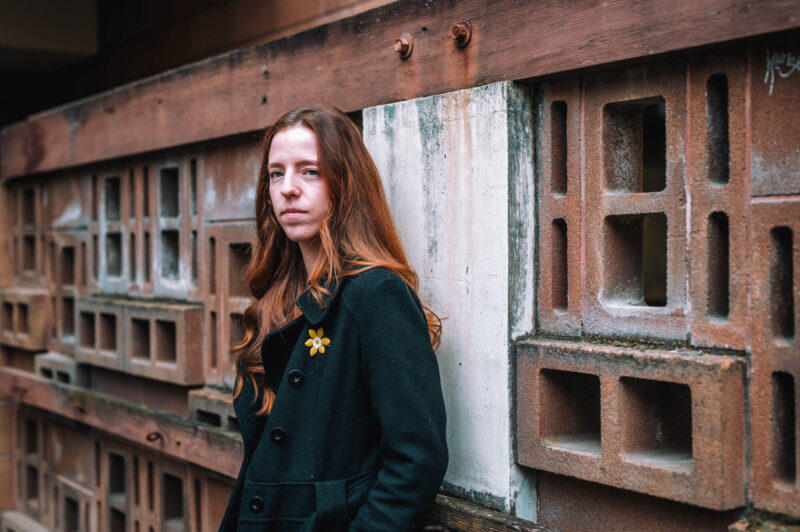Tragically, BC ignored lessons of 2009’s killer heat wave
Fewer might have died during the heat dome of 2021 if earlier recommendations had been heeded, say experts.

The better part of a day went by as 46-year-old Curtis Brick lay dying on the grass in Grandview Park, just off Vancouver’s busy Commercial Drive.
Amidst the park’s slides, swings and greenery, his body temperature climbed from the normal 37 C to a deadly 42.8 degrees on the hottest day in the city’s history.
Brick’s condition was worsened by the effects of alcohol. But none of the many passersby on the Drive that day helped him either. By the time one finally stopped to check on him at 4:15 p.m. it was probably already too late, a coroner’s report found.
Brick succumbed just after midnight at Vancouver General Hospital on July 30, 2009, one of over 100 people believed to have died during a heat wave that blanketed the Lower Mainland, Fraser Valley and beyond.
That was 12 years before a heat dome scorched much of B.C. with even higher temperatures and grabbed the world’s attention in the summer of 2021. That calamity killed 619 people — but experts say many of those deaths might not have happened if the provincial government had acted on long forgotten recommendations developed after the earlier heat wave that claimed Brick and so many others.
Read more about the Climate Disaster Project and The Tyee’s findings.
This story was originally published in The Tyee, on July 17, 2023.
This Story Was Inspired By The Stories Of…
Related Stories

Aldyn Chwelos, Kristen de Jager, and Paul Voll

Kaitlyn Nightingale, Summerland, Canada

Sophie Thomas, Nanaimo, Canada